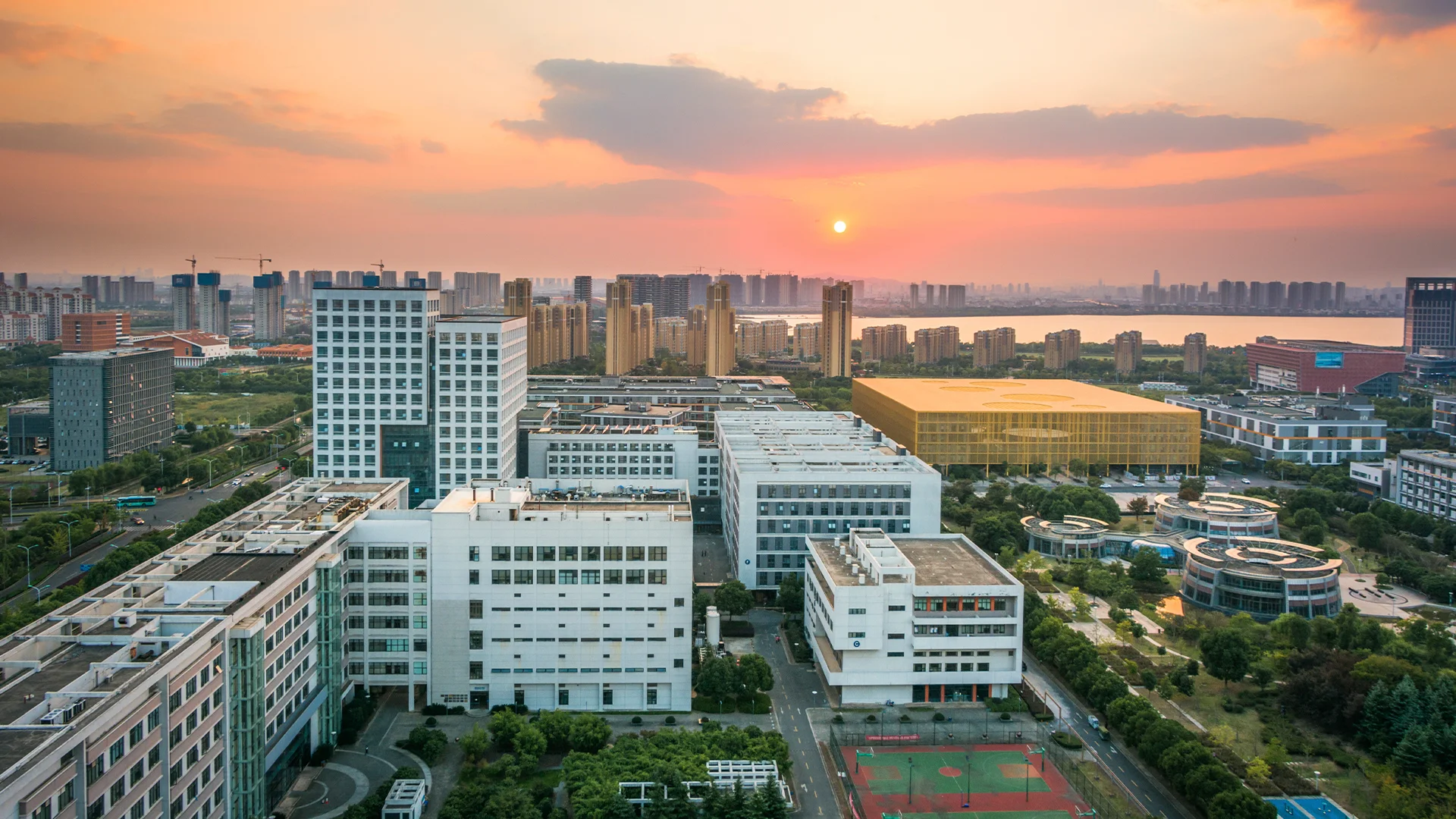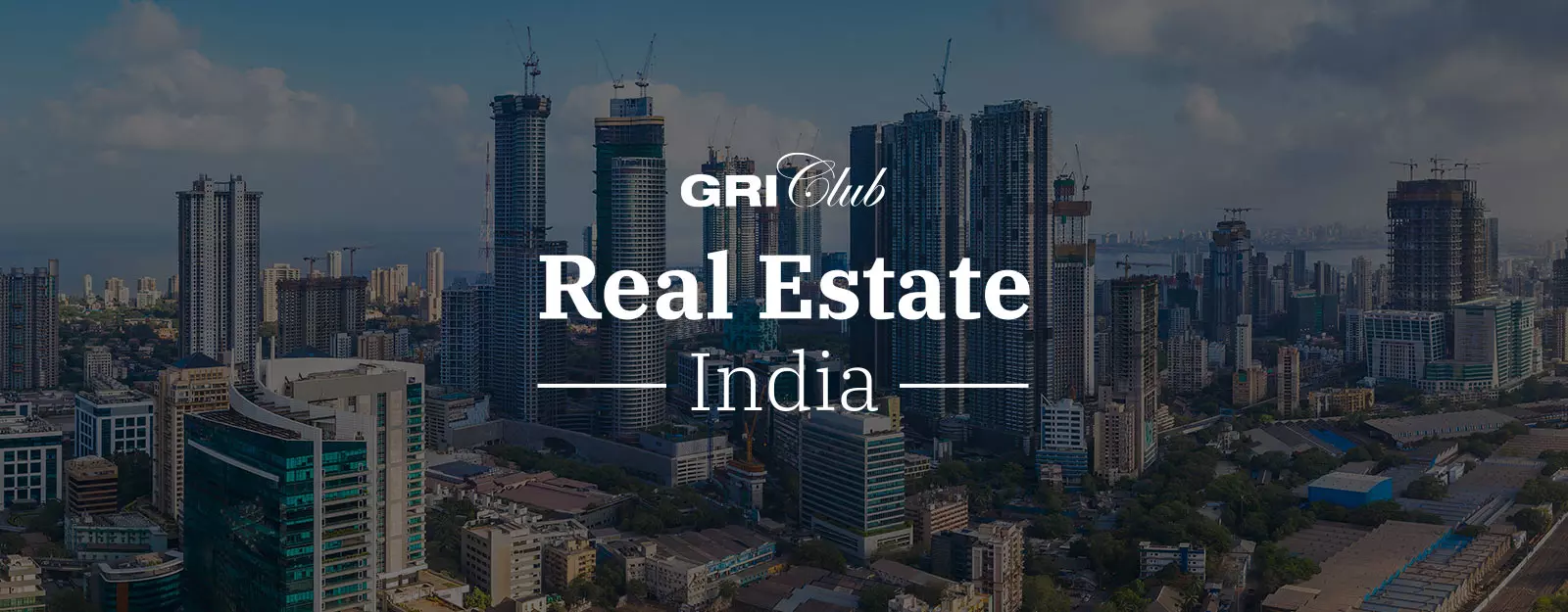 scottwebb | Unsplash
scottwebb | Unsplash2024 Indian Logistics & Warehousing Outlook
Key takeaways from industry leaders on the future of Logistics and Warehousing in India
November 27, 2023Real Estate
Written by Rory Hickman
At the Logistics and Warehousing Club Meeting held in Mumbai and co-hosted by Khaitan & Co, industry leaders noted increased participation from marquee offshore investors and domestic players. The introduction of industrial REIT investments has also enabled new players to enter the logistics and warehousing sector.
While there is adequate domestic and offshore capital floating in the market, there continues to be a massive gap between demand and supply for warehousing space in India.
A major concern is that the demand exists at a specific price, and with the increasing development costs it is challenging to develop a project in such a manner that the developer can match both the customer’s price expectations and the landowner’s projections for returns.
Most investors focus on developing Grade A warehouses located approximately 35-40 kilometres away from Tier 1 cities such as Delhi and the National Capital Region (NCR), Bangalore and Mumbai.
However, with increasing requirements for better network connectivity - especially due to the growth of the e-commerce sector - investments in warehouses in Tier 2 and Tier 3 cities such as Lucknow, Kolkata, Nagpur, Guwahati, etc. are gaining traction.
In-city warehouses (especially in Delhi, Mumbai, and Bangalore) also have strong potential for growth as a result of the increased demand for last-mile delivery centres.
Participants in the session identified that the most significant challenges faced by developers with investments in Tier 2 and 3 cities include a lack of demand for Grade A quality and/or large-scale warehouses, hurdles in land acquisition due to fragmented ownership of land parcels across multiple parties, and that there is a certain degree of trust deficit unless the developer has an exceptional reputation.
The time-consuming process for procuring regulatory approvals/clearances and an increased risk of frivolous litigation were also noted for adding additional impediments to developers operating in these regions.
The executives in attendance agreed on the importance of engaging a specialised team with ground-level execution expertise in order to adequately tackle the above challenges.
Warehouse leasing was recognised as not being an extremely complicated business when compared to residential projects for a number of reasons. Construction of the warehouse and asset management services can be outsourced, and if the developer engages good commercial talent, leasing the warehouse premises can also be managed.
The real challenges lie in procuring clean, risk-free parcels of land, liaising with regulatory authorities to procure the various approvals that are required in a timely manner, and the increased risk of litigation. From a regulatory standpoint, the implementation of a single-window warehousing approval mechanism will be extremely helpful in facilitating more participation.

A food park/processing unit, for example, would need to be located close to farmland, unless the developer can identify a site further away from the farmlands which carries a lesser location cost, is accessible, and does not have a significant impact on transportation costs.
Besides solely focusing on warehousing and logistics centres, developers may also consider developing processing centres, fulfilment centres, cold storage units, etc. Each of these projects would carry different and unique considerations.
Customers may seek to integrate tech-solutions in future warehouses, but the most notable customer demand is currently for warehousing and logistics centres to be ESG compliant.
While developers are open to integrating tech-solutions in their assets, adaptation and adoption requires high capital investment and catering to specialised or niche customer requirements. In view of this, developers are looking to evaluate these demands first and only then adapt tech-solutions to suit those needs.
To illustrate this point, paint and chemical companies are looking to adopt Automated Retrieval Systems (ARS) in their warehouses. Such specialised assets would help optimise space and permit multiple tenants to share the facility.
However, it becomes difficult to justify the economics of developing such space because it is so highly specialised for a single purpose, and can be extremely cost intensive. It was also observed that the return on investment is not estimated to be recouped until a period of around 10 years and the returns are profoundly contingent on tenants with such specialised requirements needing or willing to stay on a long term basis.
Among these issues are the high costs of land acquisition. Following the purchase is the necessity of intensive investment in order to make the acquired land parcel suitable for warehousing.
Space limitations and constraints on the number of levels - developers do not typically go beyond 3 levels - were noted as being compounded by challenges in optimising the floor area ratio in multi-level warehouses. Attendees shared the example of ramps generally being preferable over lifts despite taking up more space to illustrate this point.
Regulatory constraints are another major consideration, primarily due to intensive approval and compliance requirements - especially regarding fire safety standards.
Attendees discussed the issue of developers needing to charge higher rents for such projects, which would not align with customer expectations, especially in Tier 1 cities such as the Delhi NCR or Mumbai.
It was also highlighted that developers could potentially generate equivalent or even higher returns by developing residential or commercial projects as opposed to warehousing, with the possibility of increased competition for land.
There are a large number of redundant and/or obsolete spaces, parking lots, sheds, defunct malls, etc. within many cities which, with suitable support from governmental authorities, have the potential to be developed into in-city warehouses. Additionally, the adaptation of suitable technology (such as ARS) may help make in-city warehouses more feasible.
Lastly, while a strategic partnership for in-city specific projects may not be feasible, project specific joint ventures are a viable option that could be explored by developers for improved opportunities for mutual success.

That having been said, customer requirements continue to vary depending on the industry, the location, and other factors. Accordingly, standardised warehouse specifications may not be considered feasible to many.
Supply of logistics and warehousing space is expected to increase in the coming years, but rent escalation may not be proportionate. However, given the high cost of replacement, developers may be able to charge higher rent in due course.
Investors have demonstrated an inclination for making time-bound investments - such as in assets which offer liquidity over a 5-year time horizon - which may not be possible with projects under development in Tier 2 or 3 cities. Investor preference for Tier 1 projects has therefore remained the same or even increased.
While developers continue to prioritise investments in Tier 1 cities such as Delhi, Mumbai, and Bangalore, cities such as Guwahati are important strategic locations which, if tapped successfully, could offer the possibility of exponential growth.
Find out more about GRI Club activities in India and our unique platform where industry leaders engage in open dialogue, share insights, and build relationships. As a member, you also gain access to our online hub for seamless networking, correspondence, and unrestricted content, strengthening your position within the dynamic landscape of Real Estate in India.

At the Logistics and Warehousing Club Meeting held in Mumbai and co-hosted by Khaitan & Co, industry leaders noted increased participation from marquee offshore investors and domestic players. The introduction of industrial REIT investments has also enabled new players to enter the logistics and warehousing sector.
Investment Strategies
It has been observed that players who previously only undertook primary investment in projects have now also started developing projects.While there is adequate domestic and offshore capital floating in the market, there continues to be a massive gap between demand and supply for warehousing space in India.
A major concern is that the demand exists at a specific price, and with the increasing development costs it is challenging to develop a project in such a manner that the developer can match both the customer’s price expectations and the landowner’s projections for returns.
Most investors focus on developing Grade A warehouses located approximately 35-40 kilometres away from Tier 1 cities such as Delhi and the National Capital Region (NCR), Bangalore and Mumbai.
However, with increasing requirements for better network connectivity - especially due to the growth of the e-commerce sector - investments in warehouses in Tier 2 and Tier 3 cities such as Lucknow, Kolkata, Nagpur, Guwahati, etc. are gaining traction.
In-city warehouses (especially in Delhi, Mumbai, and Bangalore) also have strong potential for growth as a result of the increased demand for last-mile delivery centres.
Participants in the session identified that the most significant challenges faced by developers with investments in Tier 2 and 3 cities include a lack of demand for Grade A quality and/or large-scale warehouses, hurdles in land acquisition due to fragmented ownership of land parcels across multiple parties, and that there is a certain degree of trust deficit unless the developer has an exceptional reputation.
The time-consuming process for procuring regulatory approvals/clearances and an increased risk of frivolous litigation were also noted for adding additional impediments to developers operating in these regions.
The executives in attendance agreed on the importance of engaging a specialised team with ground-level execution expertise in order to adequately tackle the above challenges.
Warehouse leasing was recognised as not being an extremely complicated business when compared to residential projects for a number of reasons. Construction of the warehouse and asset management services can be outsourced, and if the developer engages good commercial talent, leasing the warehouse premises can also be managed.
The real challenges lie in procuring clean, risk-free parcels of land, liaising with regulatory authorities to procure the various approvals that are required in a timely manner, and the increased risk of litigation. From a regulatory standpoint, the implementation of a single-window warehousing approval mechanism will be extremely helpful in facilitating more participation.

Warehouse leasing is not as complicated as residential projects.(Image: vanitjan | Envato)
Future Occupier Demands
Industry leaders in the session to discuss expectations for future occupier demands reached a consensus that the most critical factors to take into account while undergoing a project assessment are:- Location;
- Development costs;
- Accessibility and infrastructural support;
- Security;
- Policy support from central and/or state authorities;
- Availability of suitable manpower;
- Industry and customer requirements.
A food park/processing unit, for example, would need to be located close to farmland, unless the developer can identify a site further away from the farmlands which carries a lesser location cost, is accessible, and does not have a significant impact on transportation costs.
Besides solely focusing on warehousing and logistics centres, developers may also consider developing processing centres, fulfilment centres, cold storage units, etc. Each of these projects would carry different and unique considerations.
Customers may seek to integrate tech-solutions in future warehouses, but the most notable customer demand is currently for warehousing and logistics centres to be ESG compliant.
While developers are open to integrating tech-solutions in their assets, adaptation and adoption requires high capital investment and catering to specialised or niche customer requirements. In view of this, developers are looking to evaluate these demands first and only then adapt tech-solutions to suit those needs.
To illustrate this point, paint and chemical companies are looking to adopt Automated Retrieval Systems (ARS) in their warehouses. Such specialised assets would help optimise space and permit multiple tenants to share the facility.
However, it becomes difficult to justify the economics of developing such space because it is so highly specialised for a single purpose, and can be extremely cost intensive. It was also observed that the return on investment is not estimated to be recouped until a period of around 10 years and the returns are profoundly contingent on tenants with such specialised requirements needing or willing to stay on a long term basis.
Last Mile Investments
In the discussion on last mile or in-city warehouse projects it was observed that there are some key challenges while assessing the feasibility of such developments.Among these issues are the high costs of land acquisition. Following the purchase is the necessity of intensive investment in order to make the acquired land parcel suitable for warehousing.
Space limitations and constraints on the number of levels - developers do not typically go beyond 3 levels - were noted as being compounded by challenges in optimising the floor area ratio in multi-level warehouses. Attendees shared the example of ramps generally being preferable over lifts despite taking up more space to illustrate this point.
Regulatory constraints are another major consideration, primarily due to intensive approval and compliance requirements - especially regarding fire safety standards.
Attendees discussed the issue of developers needing to charge higher rents for such projects, which would not align with customer expectations, especially in Tier 1 cities such as the Delhi NCR or Mumbai.
It was also highlighted that developers could potentially generate equivalent or even higher returns by developing residential or commercial projects as opposed to warehousing, with the possibility of increased competition for land.
There are a large number of redundant and/or obsolete spaces, parking lots, sheds, defunct malls, etc. within many cities which, with suitable support from governmental authorities, have the potential to be developed into in-city warehouses. Additionally, the adaptation of suitable technology (such as ARS) may help make in-city warehouses more feasible.
Lastly, while a strategic partnership for in-city specific projects may not be feasible, project specific joint ventures are a viable option that could be explored by developers for improved opportunities for mutual success.

Higher rents in Tier 1 cities, such as Mumbai, would not align with customer expectations. (Image: evening_tao | Adobe Stock)
The Leasing Game
Developers prefer standardising warehouse specifications instead of relying on pre-leased assets. This enables them to build on a speculative basis and subsequently lease such assets out.That having been said, customer requirements continue to vary depending on the industry, the location, and other factors. Accordingly, standardised warehouse specifications may not be considered feasible to many.
Supply of logistics and warehousing space is expected to increase in the coming years, but rent escalation may not be proportionate. However, given the high cost of replacement, developers may be able to charge higher rent in due course.
Tier 1 vs Tier 2 and 3 cities
While multiple organised developers have forayed into Tier 2 and 3 cities, very few have managed to overcome the on-ground execution challenges present in these regions. Due to the risk profile carried by projects in Tier 2 and 3 cities being higher - despite better rental costs - customers continue to prefer and prioritise Tier 1 cities.Investors have demonstrated an inclination for making time-bound investments - such as in assets which offer liquidity over a 5-year time horizon - which may not be possible with projects under development in Tier 2 or 3 cities. Investor preference for Tier 1 projects has therefore remained the same or even increased.
While developers continue to prioritise investments in Tier 1 cities such as Delhi, Mumbai, and Bangalore, cities such as Guwahati are important strategic locations which, if tapped successfully, could offer the possibility of exponential growth.
Find out more about GRI Club activities in India and our unique platform where industry leaders engage in open dialogue, share insights, and build relationships. As a member, you also gain access to our online hub for seamless networking, correspondence, and unrestricted content, strengthening your position within the dynamic landscape of Real Estate in India.
